With their big, fluffy and spotted feet, coats and tails, snow leopards are adorable cats, but they are also impressive and fearsome predators able to chase and take down a range of prey species in difficult mountainous terrain.
One of the rarest cats in the world, Their solitary and elusive nature means they are often referred to as “ghosts of the mountains”.
Snow leopards are part of the Panthera genus, related to the other big cat species: lion, tiger, jaguar and leopard. However, unlike these four species, snow leopards are unable to purr!
- The world's smallest leopard is also one of the Earth's rarest cats: Discover the secrets of the beautiful Arabian leopard that's on the edge of extinction
- On the brink of extinction: The 11 rarest cats in the world, from the beautiful Arabian leopard to the weird flat-headed cat
- Tiny killers, expert swimmers and the grumpiest cats: These are the weirdest wild cats in the world
Our guide to the snow leopard looks at where they live, diet and how the species is threatened, plus conservation efforts to help them.
How big is a snow leopard?
Snow leopards are around 75-150cm from head to the base of the tail, with the tail adding on another 80-105cm, which makes them smaller than the other big cats. Snow leopards generally weigh between 25-55kg, although some large males have been recorded weighing up to 75kg.
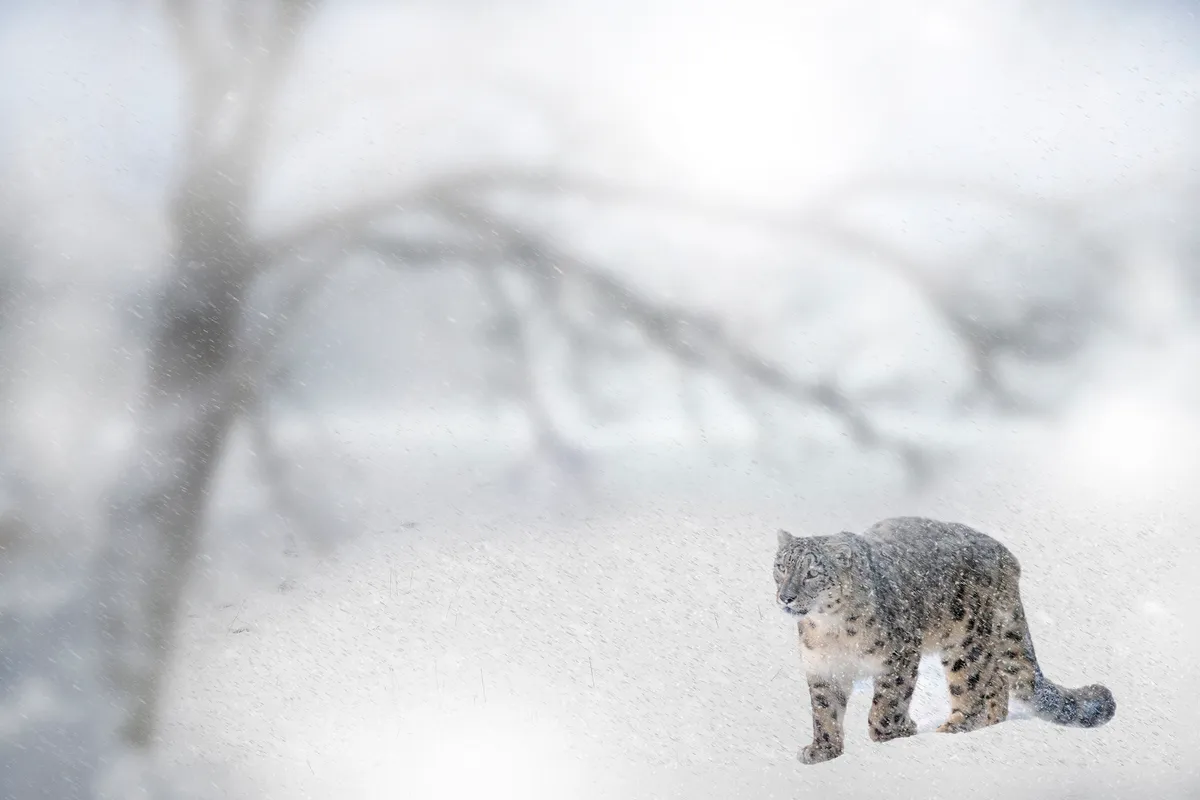
What is the snow leopard's scientific name?
The snow leopard's scientific name is Panthera uncia.
Panthera is the genus of the true big cats (leopards, lions, jaguars and tigers), and the uncia part comes from the Old French word once, which was originally the name for the lynx.
Where do snow leopards live?
Snow leopards live in harsh, snowy, rugged alpine regions in central and south Asia. They can be found at elevations between 3,000 to 5,000 metres across a total of 12 different countries. The ideal snow leopard habitat is bleak, dangerous, cold and desolate - not most people's idea of a nice place to live.

China
China is home to perhaps 60 per cent of the world’s population of snow leopards, with over 1 million km2 of the species’ habitat spread across the far west and around the Tibetan Plateau. Since 2009 the charity Panthera has worked with partners including Chinese NGO Shan Shui and the Snow Leopard Trust on research and community-based conservation activities in Qinghai, Sichuan and Xinjiang.
Hemis National Park and Ulley Valley, Indian Himalaya
A number of commercial companies run tours to Ladakh with expert guides and trackers, claiming sighting success rates of up to 50 per cent. UK operators offering dedicated snow leopard trips include Naturetrek; Steppes Travel; and Wildlife Worldwide.
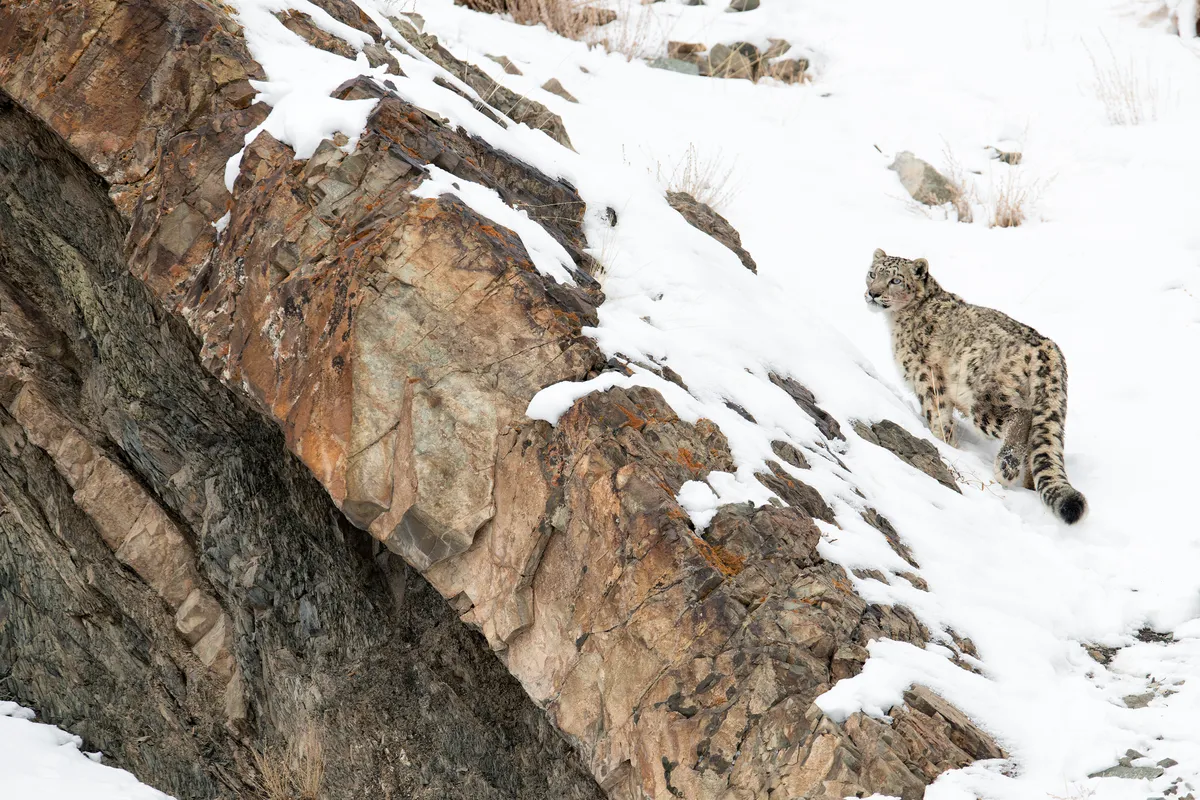
Nepal
An estimated 350–590 snow leopards survive in Nepal – one of the larger populations within the species’ range. A network of Snow Leopard Conservation Committees, established in conjunction with WWF, set camera-traps in remote locations, work to reduce human–animal conflict through livestock-insurance schemes and protective corrals, and act as citizen scientists assessing populations.
South Gobi, Mongolia
The second-largest population of snow leopards – estimated at 500–1,000 individuals – survives mostly in the west of Mongolia. The Snow Leopard Trust co-ordinates conservation and research programmes, including livestock-insurance schemes run by the community. A long-term study in the South Gobi region has collared 21 cats to date, revealing valuable insights into behaviour as well as the size of their range.
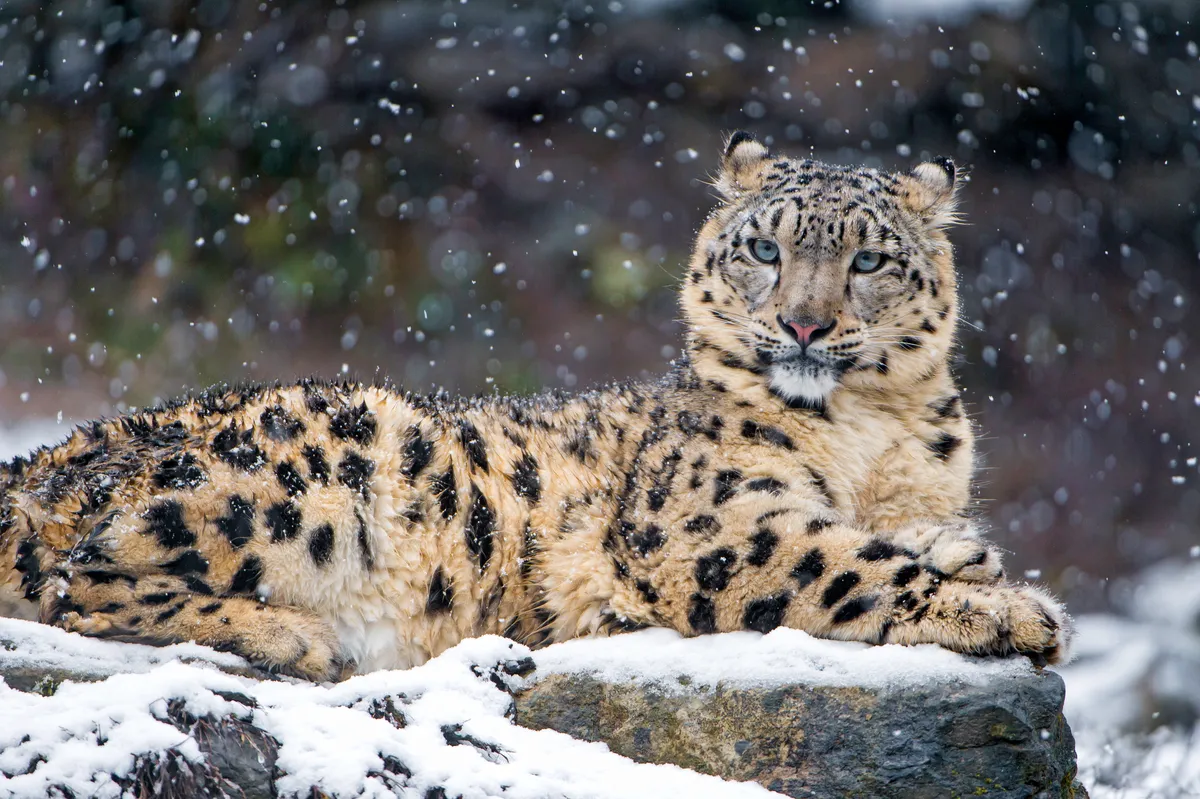
Wangchuk Centennial National Park, Bhutan
More than half of the land area of this small Himalayan kingdom is protected. It hosts probably fewer than 200 snow leopards, but they are occasionally sighted during high-altitude treks. WWF camera-trap surveys of Wangchuk Centennial National Park revealed a population of snow leopards as well as Tibetan wolves, Himalayan serow and healthy numbers of blue sheep.
Do snow leopards live in groups?
Adults are solitary and only interact with other leopards during the breeding season. Snow leopard cubs will stay with their mothers for at least 18 months, but they may never meet again once they split up and start wandering the vast mountain expanses independently.
How long do snow leopards live?
Although captive snow leopards can live for up to 25 years, the lifespan of a snow leopard in the wild is typically 15-18 years. They reach sexual maturity at 2-3 years old.
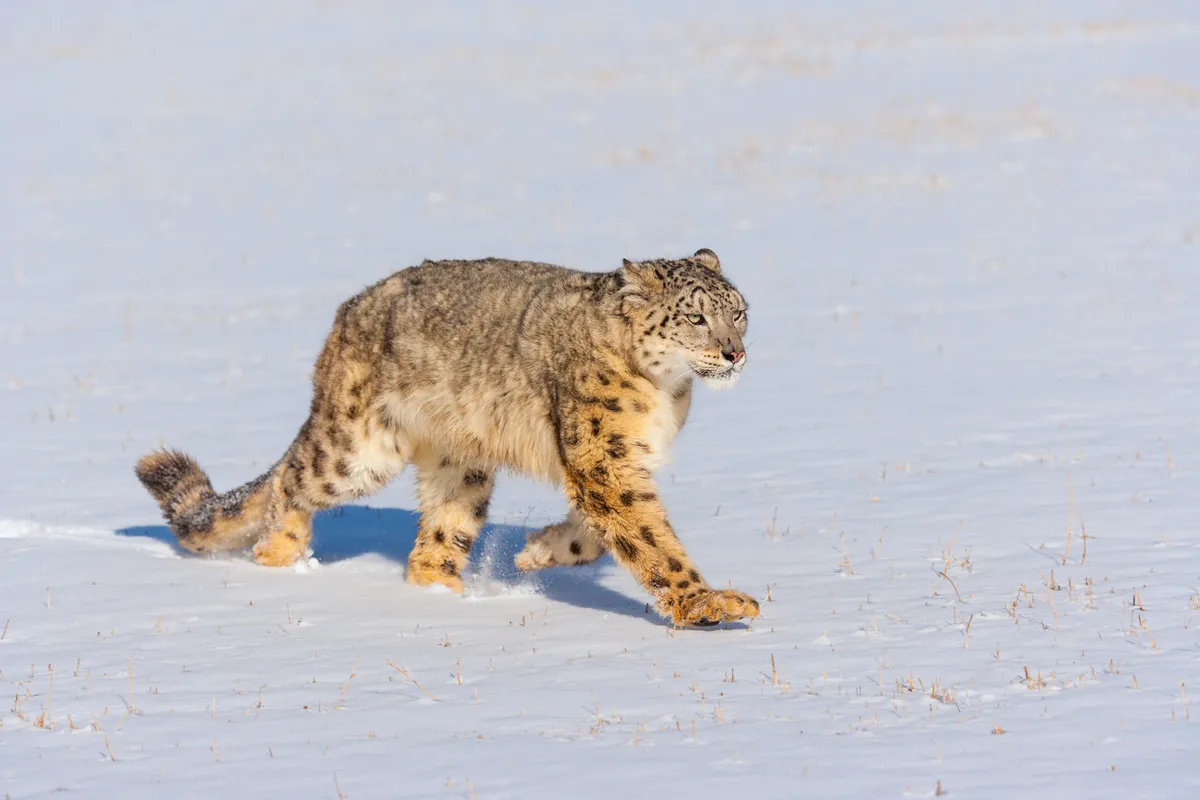
What do snow leopards eat?
Snow leopards are carnivores that actively hunt their prey, although they will also eat carrion at times. Their most common prey is Himalayan blue sheep (also called bharal), and a single meal will keep a snow leopard going for two weeks.
Other food in a snow leopard's diet may include Siberian ibex, markhor, Himalayan tahr, argali, deer, horse and camel. When they can't find large prey, snow leopards will also take smaller animals such as voles, marmots and pika.
Please note that external videos may contain ads
How do snow leopards walk in deep snow?
Snow leopard paws are furry and enormous, giving these big cats inbuilt snowshoes that spread their body weight more evenly across the snow. The giant paws also help muffle the sound of their movement and protect their toes from the biting cold.
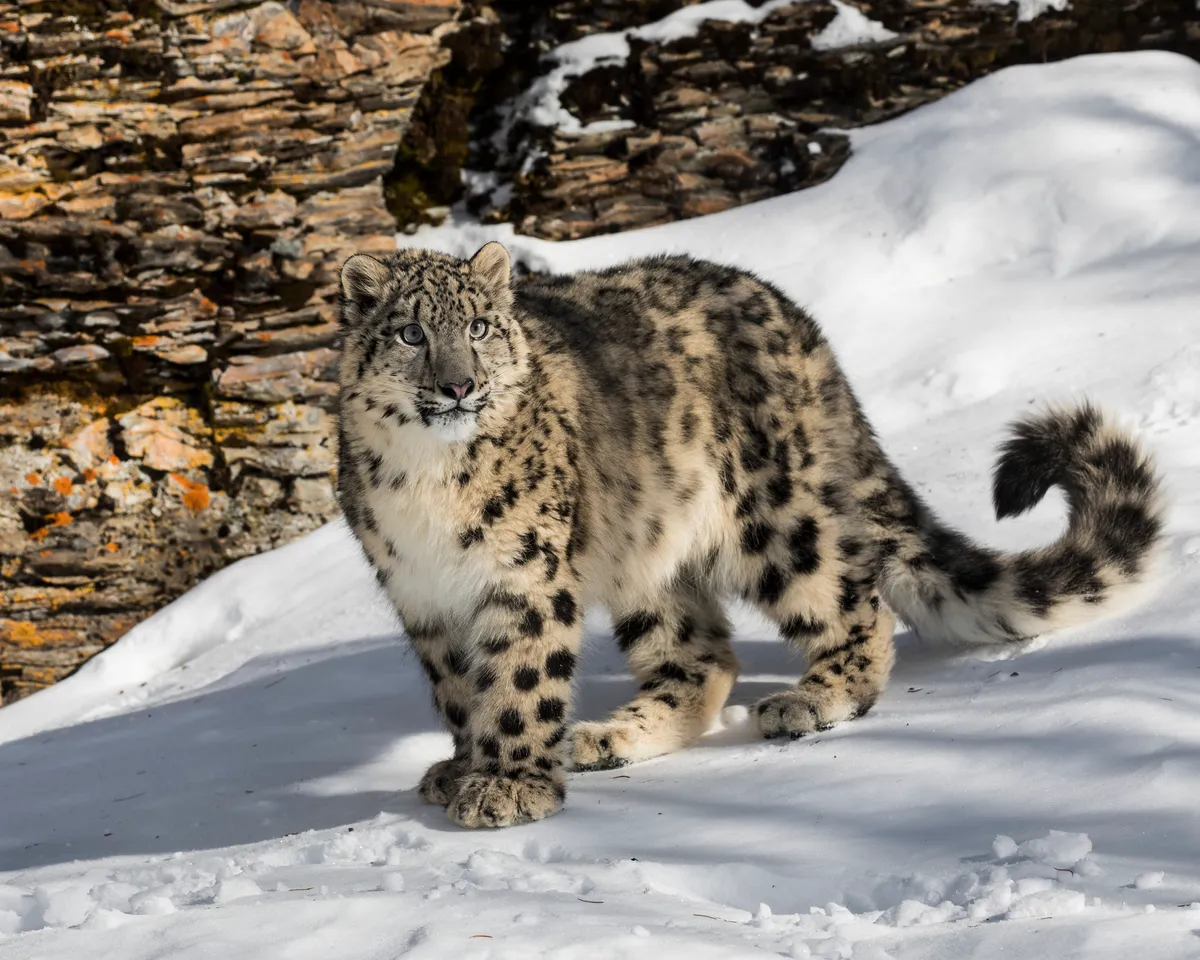
What do snow leopards use their tails for?
A snow leopard's thick, metre-long tail assists with balance – important when cresting narrow ridges, hunting prey on difficult terrain and negotiating treacherous crevasses. A resting snow leopard can also wrap its tail around its body like a scarf for extra warmth.
Perhaps most surprisingly, the reason snow leopard tails are so thick is because they use them for fat storage to help get them through lean times.
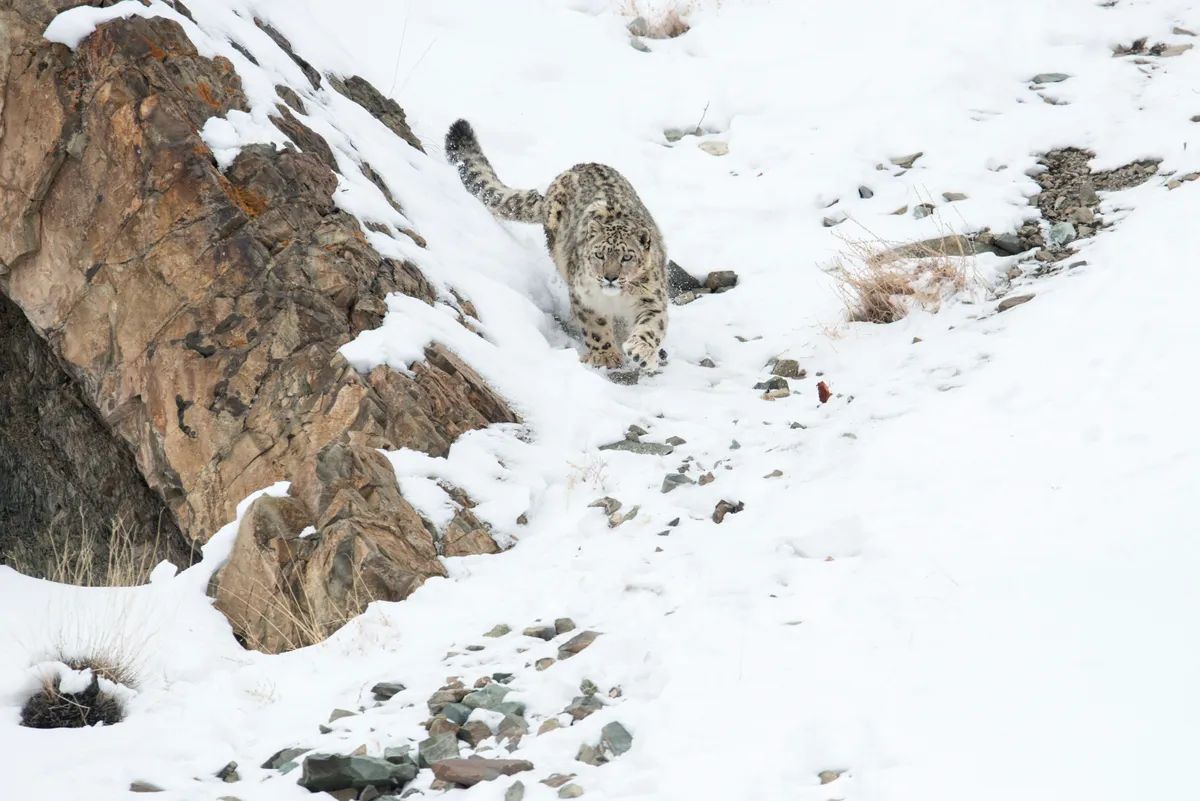
Why do snow leopards bite their tails?
The simple answer is that we don't really know. One theory is that biting their tails help to keep a snow leopards warm in their cold natural environment, but other people think it's just an example of play behaviour.
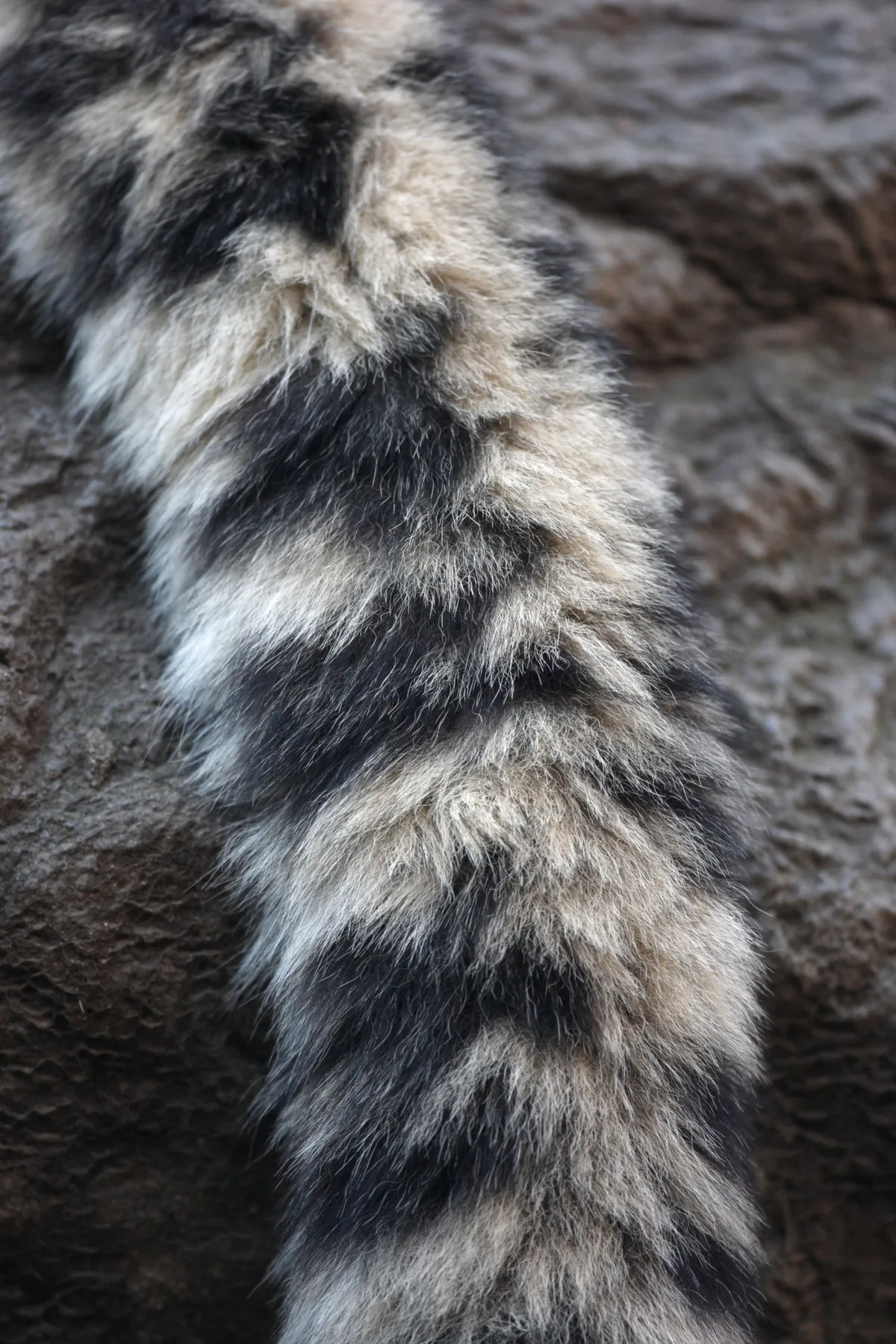
How do snow leopards cope with the cold?
A snow leopard’s nose is well adapted to deal with the cold - a short but wide nasal cavity heats the freezing air prior to it reaching the lungs.
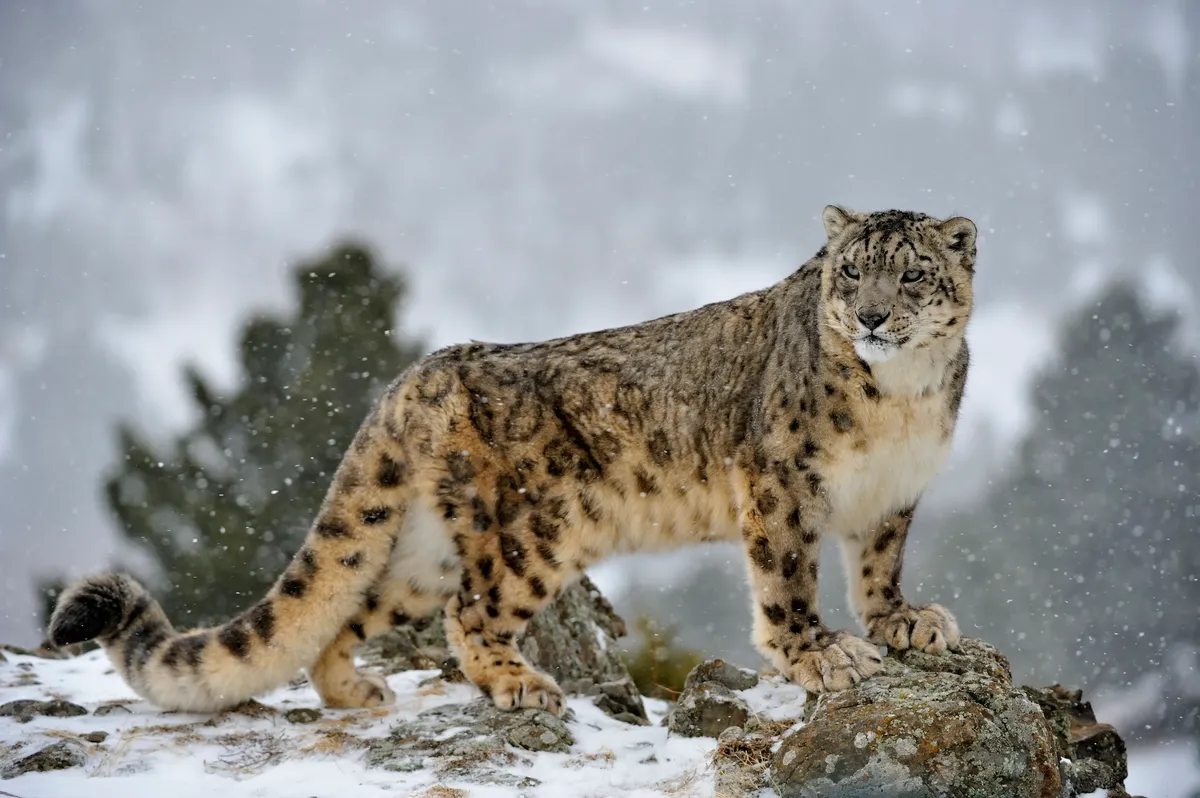
How far can a snow leopard jump?
These cats are able to jump as far as 15m, and can take down prey three times their own weight. Perhaps most impressive of all is one of our favourite snow leopard facts - they can jump 6m vertically, high enough to reach the gutter on an average two-storey house.
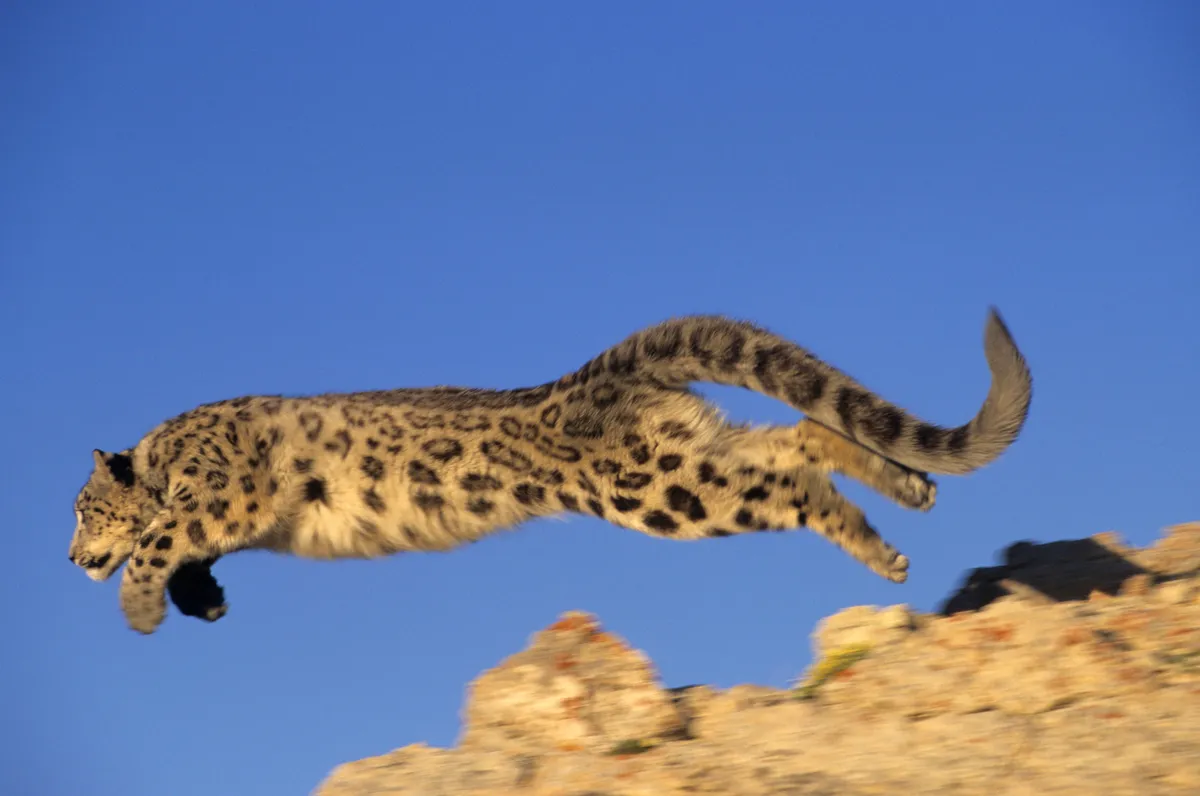
Can snow leopards roar?
Unlike most other big cats, snow leopards are unable to roar because they have different, less developed vocal chords. Snow leopards make a range of other noises, including hisses, growls and mews, not unlike your typical domestic cat (just a bit louder).

How easy is it to see snow leopards?
Because they are such elusive creatures people living within their range and studying them often refer to them as the ‘ghosts of the mountains’. Snow leopards are also exceptionally well camouflaged by their smoky grey fur with dark rosettes and spots – perfect for blending in among rocks and scree slopes. Woolly, whitish fur comprising 12cm-long outer hairs keeps the belly warm as well as aiding in camouflage on terrain of mixed snow and rock.
It would be very easy to look directly at a snow leopard from a distance and have no idea it was there at all.
How do snow leopards cope with the high altitude?
A large, muscular chest allows the leopard to take deep breaths that help it to absorb oxygen from the thin, high-altitude air. Scientists had always assumed that snow leopards would have more efficient haemoglobin than other cat species, enabling them to more effectively transport oxygen around their bodies in their blood. But this was recently found not to be the case, so beyond breathing harder, we simply don't yet know how snow leopards survive so well at altitude.
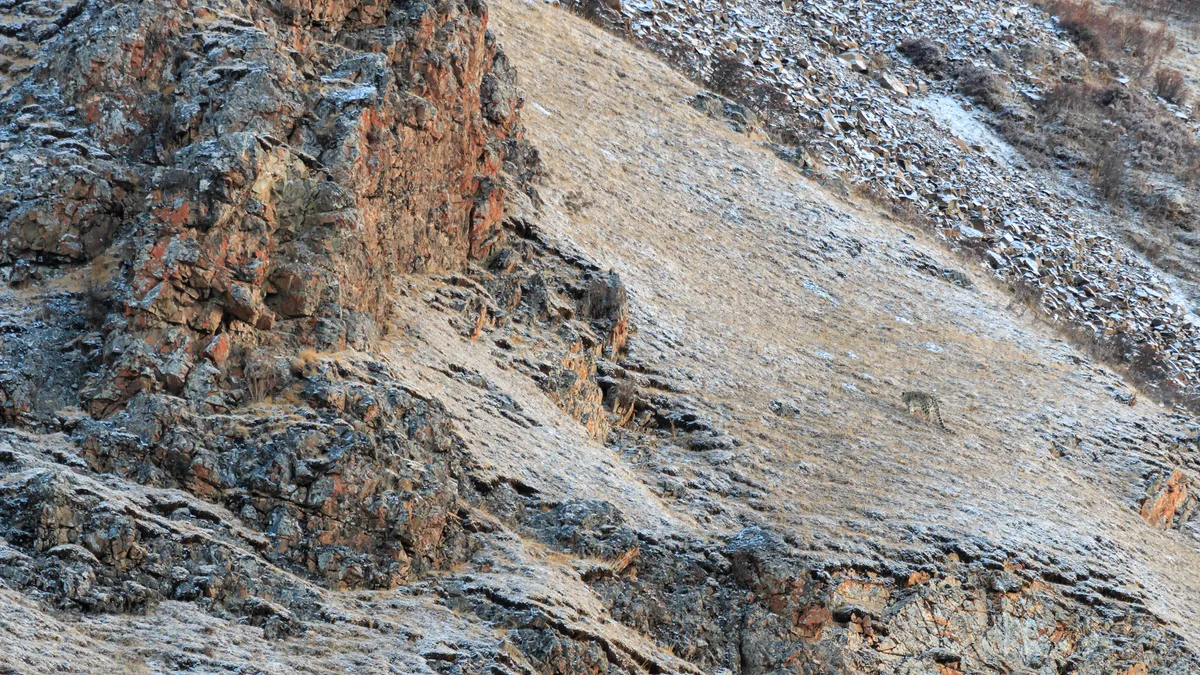
Are snow leopards endangered?
The current wild snow leopard population is around 6,000, but it's hard to make an accurate assessment as snow leopards tend to live in extremely inaccessible areas and are notoriously difficult to see. Snow leopard numbers have declined by 20 per cent in the last 20 years due to to poaching and habitat loss. Snow leopards were previously classified as Endangered on the IUCN Red List, but were reclassified as Vulnerable in 2017.




